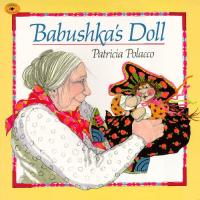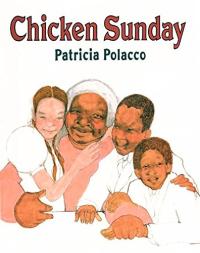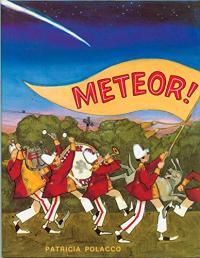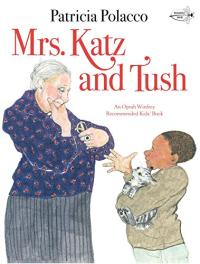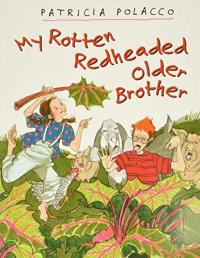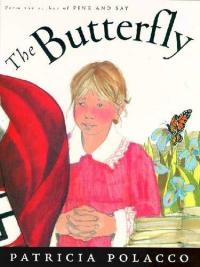
Biography
Patricia Polacco grew up hearing family stories from her Ukrainian grandmother. In the absence of a television set, Polacco’s “Babushka” told gripping tales in front of the crackling fireplace. In keeping with oral tradition, Polacco retold these stories to her own children. It wasn’t until Polacco was 41 that she started to write down this family history and illustrate it.
Patricia Polacco is now the author and illustrator of many charming picture books. Not surprisingly, her stories often involve meaningful interactions between young and old people as well as an intermingling of different cultures. She has written and illustrated Thunder Cake, The Keeping Quilt, Chicken Sunday, and many other favorites.
Patricia Polacco has fond memories of her Ukrainian, Russian, and Irish grandparents. She spent many hours learning from them and listening to their stories. Polacco particularly remembers her years on the family farm in Michigan, where she lived with her mother and grandparents. When Polacco was in elementary school, she moved to Oakland, California, where her neighbors “came in as many colors, ideas, and religions as there are people.”
Throughout her school years, Polacco struggled with reading. Far behind her fellow classmates, she was teased enough to believe that she was just dumb. It wasn’t until Polacco was 14 that a special high school teacher recognized her dyslexia. Once she received additional help, Polacco learned to read well and caught up with her peers. Her ability as an artist, however, had never been in question. Fellow classmates had always been impressed by her drawings.
Polacco graduated from college with a degree in fine art and eventually received a Ph.D. in art history. After working in art restoration, she became a mother and dedicated much of her time to her two children. When her son was diagnosed with diabetes, she made a wordless picture book to help him understand what he needed to do to take care of himself. Polacco also started writing down old family stories and illustrating them. When she joined the Society of Children’s Book Writers and Illustrators, she learned how to prepare picture books for publication. Then, in a whirlwind trip to New York City, Polacco met with 16 different publishers and sold many of her stories.
After living much of her life in urban Oakland, Patricia Polacco has now moved back to the family farm in Michigan. She lives in a renovated, old house, which also serves as an art and storytelling center for local children. In another old house, just one block away, Polacco has her own art studio, where she continues to create new children’s books based on old family stories.
Find this author’s books on these booklists
Themed Booklist
Best Friends
Themed Booklist
Books About Kids Who Find Reading Hard
Themed Booklist
Books to Help Children Heal
Themed Booklist
Great Books About Grandparents
Themed Booklist
Learning to Make Responsible Decisions
Themed Booklist
Selected Books for December Celebrations
Themed Booklist

